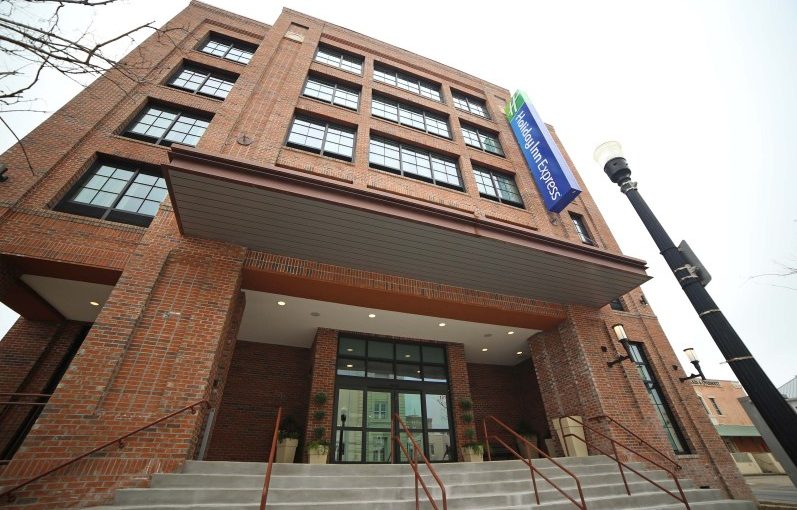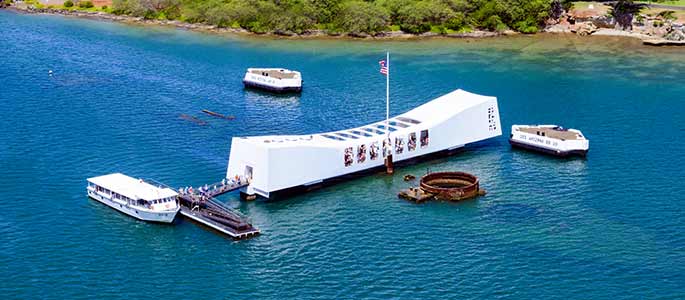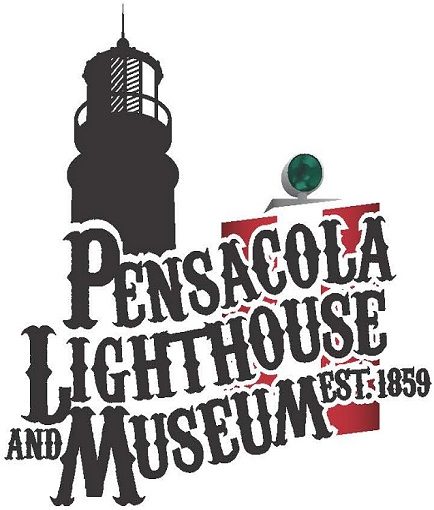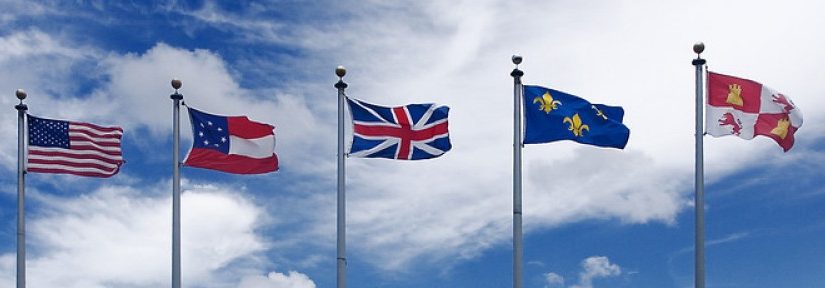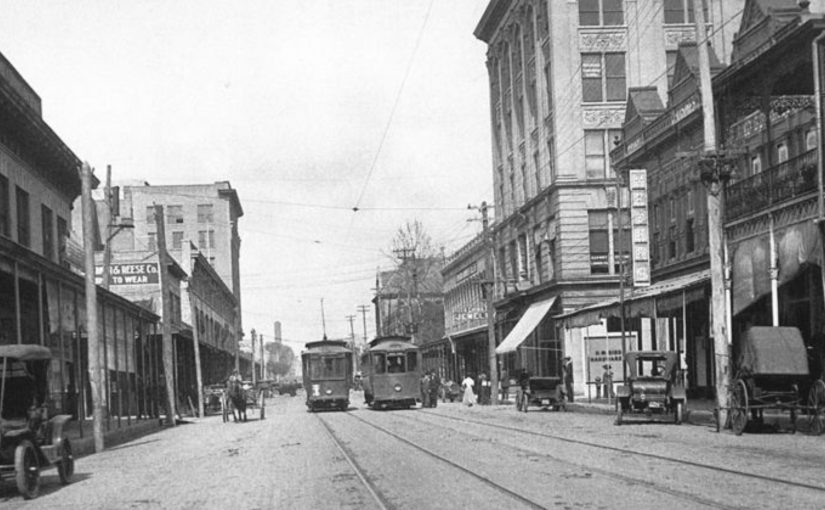History Meets Industry – New Hotel in an Old TOwn
Just before Christmas, history met industry when a new Holiday Inn Express opened in downtown Pensacola. The hotel was constructed on the same location formerly occupied by a brick warehouse. The warehouse, established in 1905, was destroyed a hundred years later by Hurricane Ivan. Now, after 12 years of being unoccupied, the site is home to the first new hotel in downtown in almost 30 years.
In addition to the building’s industrial facade that blends well with the rest of its surroundings, the location is convenient walking distance to shops and restaurants. The hotel makes a perfect addition to the downtown area that is in need of more housing facilities to supplement its thriving businesses. If you have visitors coming in to town, give them a heads up that the price of downtown convenience starts at $106 per night.
What do you think about this addition to the downtown industry? I think it will prove to be an asset. A new hotel will equal more downtown visitors/tourists which in turn equals a benefit to the downtown economy. These visitors will do their shopping, eating, and exploring in the area close to where they’re staying. What’s your opinion? Leave us a comment! Happy Friday!
Source: The Pulse

